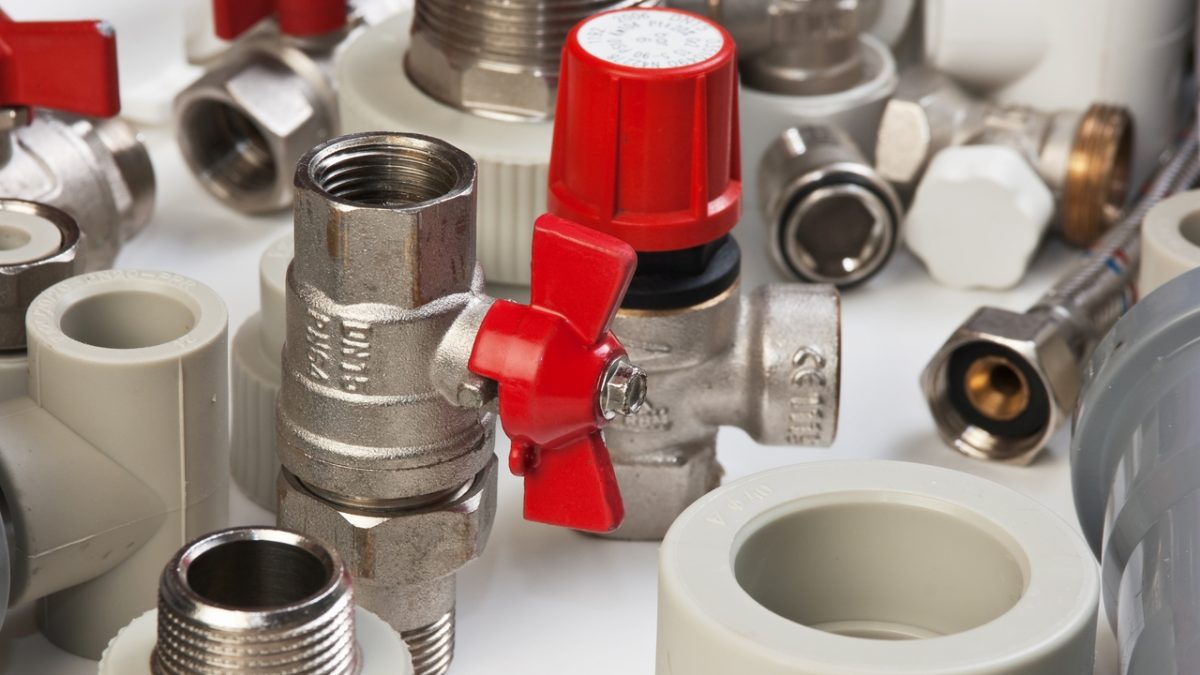If you're looking to reduce the cost of injection molding, there are a few things you can do. In this blog post, we will discuss some of the ways that you can reduce the cost of your injection molded parts. Keep reading to learn more!
Injection molding services is a manufacturing process for producing parts by injecting molten material into a mold. Injection molding can be performed with a variety of materials, including metals, glasses, elastomers, and most commonly thermoplastic and thermosetting polymers.
The cost of injection molding depends on several factors, including the number of cavities in the mold, the size and complexity of the part, the material used, and the cost of labor. To reduce the cost of injection molding, you can:
Consider part size
Lean design. You should use as little material as possible to accomplish your goal. Not only will unnecessarily large parts increase material costs, but they will also drive up manufacturing times as they take longer to shape and cool. When it comes to plastics, usually less material means more strength. Did not feel the need to increase the use of materials to ensure structural integrity.
Use a less expensive material:
Injection molding servcies is typically done with thermoplastic or thermosetting polymers. If cost is a concern, you can use a less expensive material such as ABS plastic.
Unless you are designing parts for extreme environments or for special grade uses, there are few restrictions on material selection. Choosing a low-cost material that still meets your needs is an easy and effective way to reduce overall costs. A simple analysis of the product's use, as well as its quality requirements and target market, can help you choose the right material for your price point.
High efficiency mold design:
Efficient die design allows parts to be produced, packaged and implemented as easily as possible while minimizing errors. This means following design best principles, such as adding an appropriate drawout slope (or taper) to the part for easy release, rounding corners, keeping the walls thick enough, and generally taking full advantage of the working principles of the molding process when designing the product.
With efficient die design, your overall cycle time will be reduced, thereby reducing machine running time, and saving time and materials by reducing the number of scrap parts due to production or ejection errors.
Analysis of structural requirements:
Before going into production, the structure of a part can be carefully analyzed to determine which structures are most critical to its function and quality. Overall, these types of design modifications can improve the structural integrity of a part while making it easier to manufacture.
Reduce solid parts area:
By careful design and placement of support elements, reducing the area of solid parts in favor of more hollow parts can be a huge benefit to your bottom line. For example, far less resin is used to design corner braces rather than solid inner walls, saving a significant upfront material investment.
Using simple cavity design:
Mold design and configuration can make a big difference in the efficiency and cost of mold production and part production processes. Its design complexity is greatly reduced, and the margin of error is also smaller.
Simplified mould design
We mentioned above the design to increase productivity, which is a similar but distinct area. In simplifying product design and eliminating any unnecessary elements, savings in mold cost, setup and production efficiency can be achieved. Textured or otherwise customized part finishes should not be designed in the mold unless necessary, and other finishes should be avoided unless they are inseparable from the function and purpose of the product.
Increase automation in your production process:
Adding automation to your injection molding process can help you reduce labor costs and increase efficiency. There are a number of different types of automation that can be added to the injection molding process, including robots, conveyors, and material handling equipment.
Appearance design
If you want to add additional features to your parts, you may need to perform additional die processing, such as EDM, sandblasting, or high-die polishing, to get the specific exterior look you want. This extra work will greatly affect efforts to reduce costs.
On a smaller level, including company logos, textured surfaces and molded part numbers, these features, if deemed unnecessary, are small change and help put a price on injection molding costs.


No comments yet